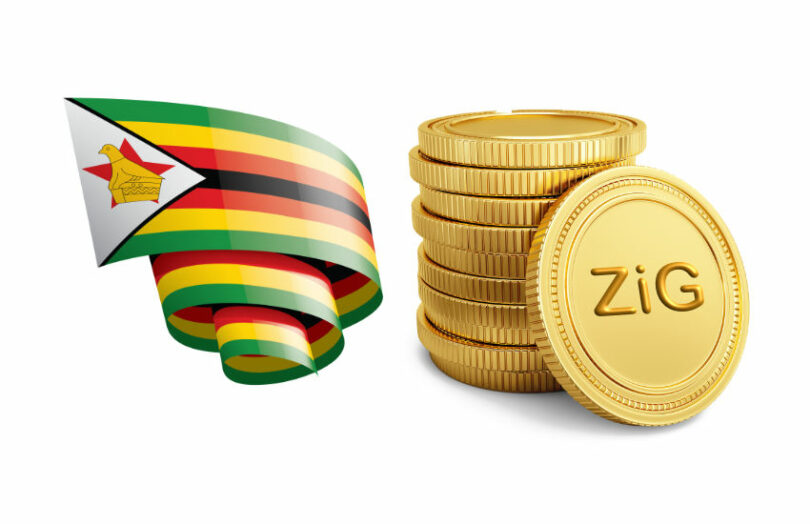The Reserve Bank of Zimbabwe has announced that the Zimbabwe gold-backed digital token (ZiG) will become an official means of payment for domestic transactions. However, it remains unclear how the payment system will work. The Bank is still working on the technical infrastructure to support daily transactions.
The Bank began issuing the tokens in May this year, and in August it declared that the ZiG would provide the foundation for a central bank digital currency (CBDC).
However, the scale of the ZiG project is relatively limited. Zimbabwe’s GDP is currently around $29.93 billion. As of September 28th, the Bank had issued 16 tranches of tokens worth 12,352 ounces of gold, or approximately $23.14 million (a minute fraction of GDP). State-owned media outlets have announced that the Bank plans to accumulate $100m in gold reserves, but the ZiG would still have a long way to go before it could offer a significant payment alternative.
The large majority of tokens have been purchased with Zimbabwe dollars. This is unsurprising, given Zimbabwe’s notorious history of hyperinflation. The US dollar has offered a stable payment alternative since 2009. In June 2019 the government banned the use of foreign currencies in domestic transactions, including the US dollar. It abandoned the policy in March 2020, following another bout of intense hyperinflation. In April this year, it was reported that 77% of Zimbabwe’s domestic transactions were made using US dollars.
The slow take up of the ZiG might also be driven by a lack of trust in the Bank, another legacy of Zimbabwe’s persistent hyperinflation.
The 17th tranche of gold purchases will open tomorrow. It is not clear how much gold the bank currently holds in reserves or how frequently it will continue to issue new tranches.






